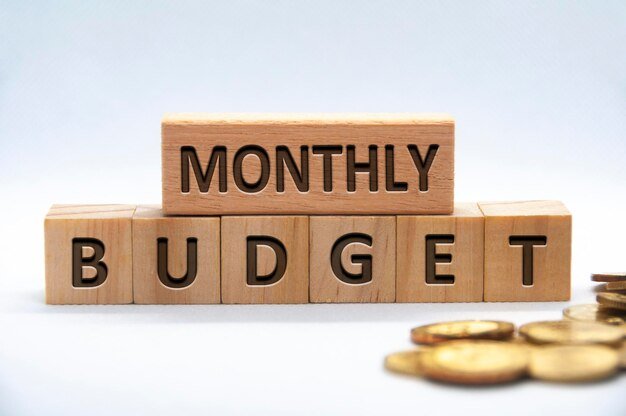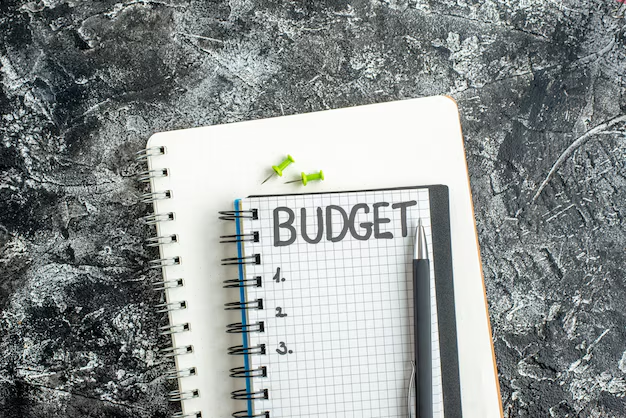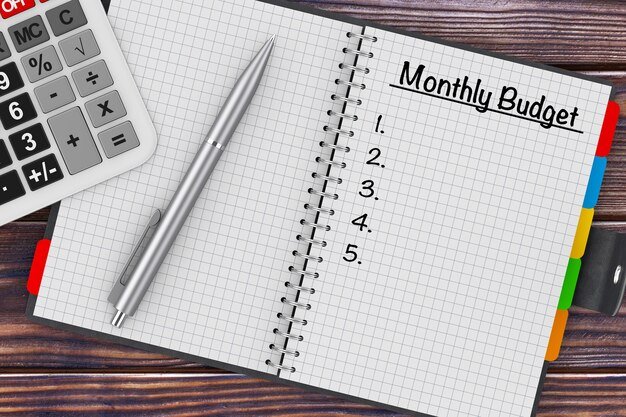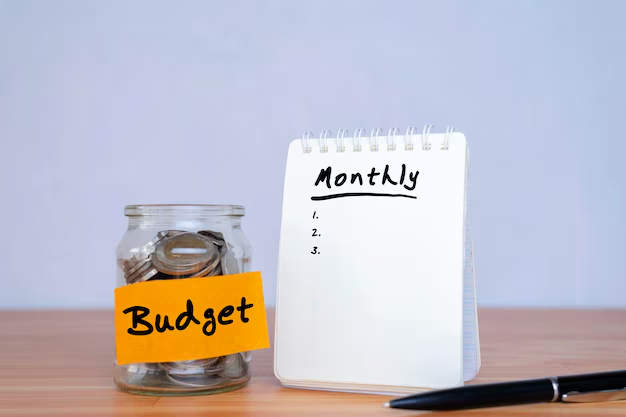Introduction
Creating a Monthly Budget is essential for everyone, whether starting a new venture or aiming to improve their financial situation. It helps you gain a clear perspective on your expenses and income, aiding you in achieving your financial goals.
When you create a budget, you understand how much you’re spending on various things and where you need to save. This process allows you to manage your money better, helping you avoid debt and plan better for the future.
Review Your Income
Before starting to create a budget, you first need to understand your total income. This income can come from your monthly salary, bonuses, investment earnings, and any other sources. After reviewing your total monthly income, you will know how much money is available to allocate to different expenses. This helps you prioritize your spending and optimize your savings.

Estimate Your Expenses
Tracking your monthly expenses is also a crucial part of budgeting. List all your expenses, whether fixed like rent or mortgage, or variable like groceries and dining out. This will help you understand where and how your money is being spent. By categorizing expenses, you can easily see where you need to cut unnecessary spending and where to focus more.
Set Saving Goals
The purpose of budgeting is not only to control expenses but also to increase savings. Setting saving goals is essential to achieving long-term financial objectives. These goals can be short-term or long-term, such as creating an emergency fund, planning a vacation, or investing for retirement. Goals should be specific, measurable, attainable, relevant, and time-bound (SMART) so you can track and monitor your progress.
Learn to Prioritize
Setting priorities in your budget is also important. This process helps you understand which expenses are more important and which are less so. For example, prioritize essential expenses like rent, utilities, and groceries first, while luxury items and non-essential purchases can be considered later. This approach helps maintain financial stability and avoid unnecessary stress.
Create a Monthly Budget
Now that you have all the information about your income, expenses, and saving goals, you can create your monthly budget. In this budget, subtract fixed and variable expenses from your total income. Allocate the remaining amount to savings and investments. Ensure that your expenses and savings are balanced to avoid financial strain and achieve your goals.
Regularly Review and Adjust

Creating a budget is not a one-time task; it is an ongoing process. It is essential to review your budget monthly to monitor your spending habits and make necessary adjustments. If you notice excessive spending in one category or reduced savings in another area, adjust your budget accordingly. Regular reviews help maintain financial health and make better financial decisions.
Debt Management
If you have debt, managing it within your budget is crucial. Include debt repayment in your budget and give it priority. Try to pay off high-interest debts quickly to reduce your overall financial burden. Effective debt management can improve your financial stability and prevent future financial stress.
Build an Emergency Fund
Include an emergency fund in every budget. This fund is for unexpected expenses like medical emergencies, car repairs, or job loss. Ideally, an emergency fund should cover 3-6 months of living expenses. It provides financial security and peace of mind, helping you handle unexpected financial burdens.
Use Technology

Today’s digital tools and apps make budgeting and managing finances much easier. Budgeting apps like Mint, YNAB (You Need A Budget), or Pocket Guard help track spending, categorize expenses, and manage your budget. Using these tools, you can track your budget and improve your financial health.
Conclusion
Creating a monthly budget is a crucial step in improving your financial health and achieving your goals. By understanding your income, expenses, and saving goals, and reviewing regularly, you can create an effective budget that aligns with your financial needs and aspirations. This process provides financial stability and peace of mind, leading you towards a secure future.





